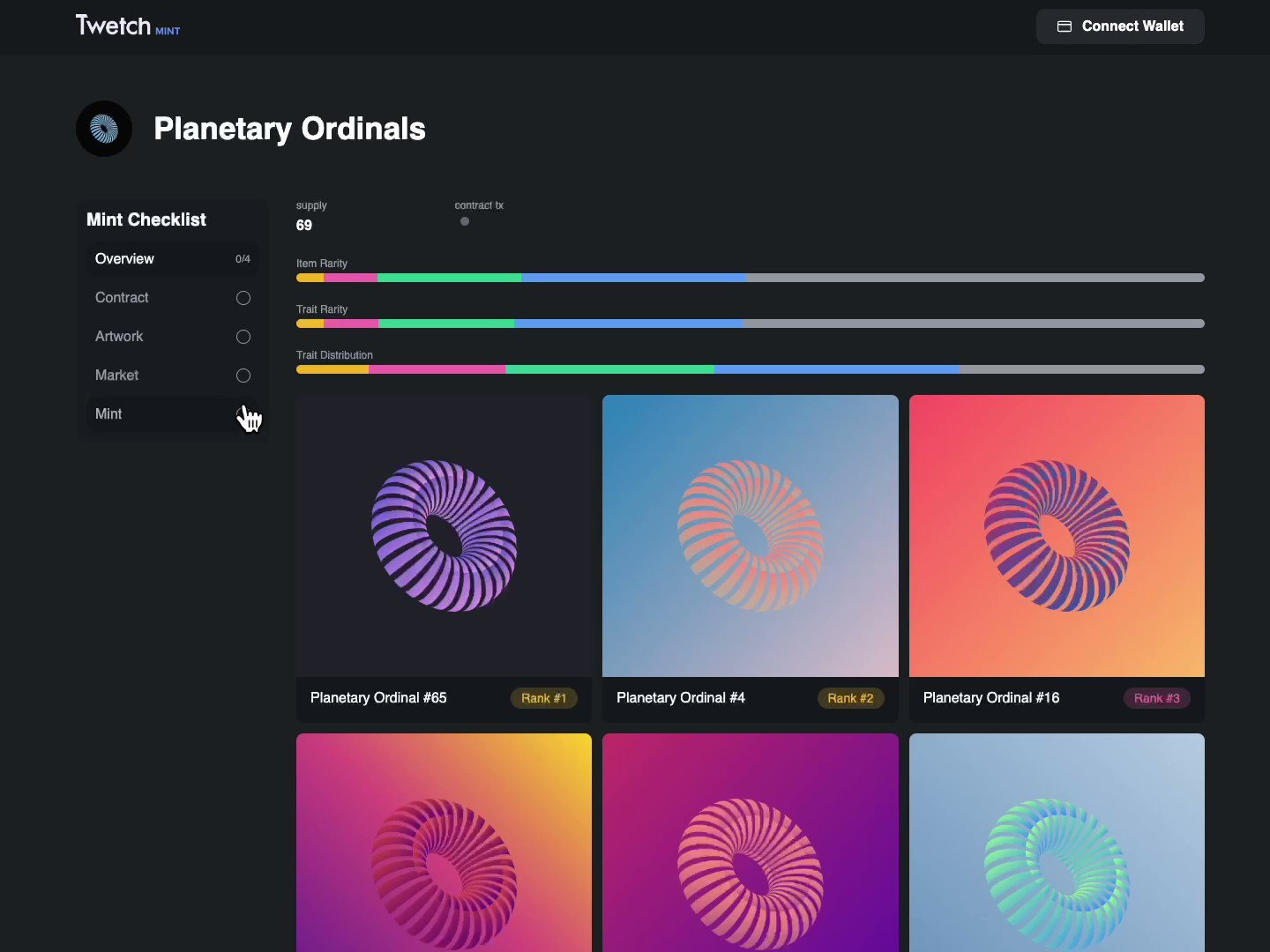The Biggest Bitcoin Story of 2023 So Far
Even in the middle of a never-ending debate between big-blockers and small-blockers, there are those who manage to make a big difference against all odds. Ordinals, Twetch, BTC/BSV/BCH, and more.
NFTs on Bitcoin have been a topic to laugh at for several years now. BTC is based on the small block methodology, which, in many cases, prevents the ecosystem from scaling and being used for anything other than “digital gold” storage.
However, the emergence of tools like Taproot that enable data and NFTs on BTC have forced many naysayers and critics to adjust their approach.
Recently, reports went out talking about an Ordinals Protocol-based mint of "magic internet JPEGs" on BTC by a blockchain developer Udi Wertheimer. But that's not the main story to care about.
Back in mid-2022, Casey Rodarmor published Ordinal Theory, a numbering scheme for handling individual satoshi transfers.
The Ordinals project, along with a new protocol that's fueled by Taproot, was born, and has brought the power to mint NFTs on Bitcoin Core. 2022 saw 2 Inscriptions – mints using the protocol, with more inscriptions like Bitcoin Rocks NFTs following after.
Last week, with the help and leadership of Twetch, a generative NFT collection of 69 items named Planetary Ordinals was quickly sold out at 0.01 BTC each, and later issued on the BTC blockchain.
The sales took place OTC on Ordinals' Discord servers, coordinated by Randy from Twetch, with NFT inscription previews available on the Ordinals website. The 69 Planetary Ordinals took around 12 hours to mint, even after BTC having raised block size to 4MB.
The mint sparked an even heavier debate on the benefits and downsides surrounding the flexibility and size of blocks across networks.
Regardless of the hardly bearable information noise, the Planetary Ordinals NFT mint is a large step towards real utility in BTC no matter the resistance of maximalists and store-of-value advocates.
NFTs, 3D on-chain environments, micropayments can be possible with more work and activity on the Ordinals Protocol, Taproot, and similar tooling.
Prior to the Ordinals achievements, developers tried to find other layers, workarounds to mint on BTC, which often resulted in poor outcomes. Using Taproot and the Ordinals Protocol, the inscriptions, mints are direct to the layer 1 chain.
NFTs minted directly on Bitcoin Core could open up possibly the largest NFT market ever created, even attracting mainstream audiences.
Twetch, one of the first social networks on-chain, launched their first NFTs on Bitcoin SV a couple of years back, with little-to-no scalability issues as a result of BSV's large blocks.
Despite this, adoption of meaningfully large scale is hardly achievable unless platform guests hear "BTC" – the thing that introduced most of them to the term cryptocurrency itself.
In the aftermath of a successful Ordinals NFT sale and mint, the projects continue their collaboration and hands-on building of the Ordinals Wallet for NFTs on Bitcoin Core.
Twetch founder Joshua Petty, otherwise known as Elon Moist, recently posted on the web3 network saying that he's become the CEO of the Ordinals NFT project.
Moving forward, the BSV-powered social network Twetch aims to bring both BTC and BCH to the platform, thereby onboarding more mainstream users and creating direct dashboards to see first-hand which Bitcoin makes the most sense for utility.
This could not be possible without Taproot and Ordinals Wallet.
Hugging popcorn buckets, we follow the story further, and you should too. These were the largest transactions in the history of BTC, shooting the fees through the roof. Efficiency, however, may arrive soon after all.




